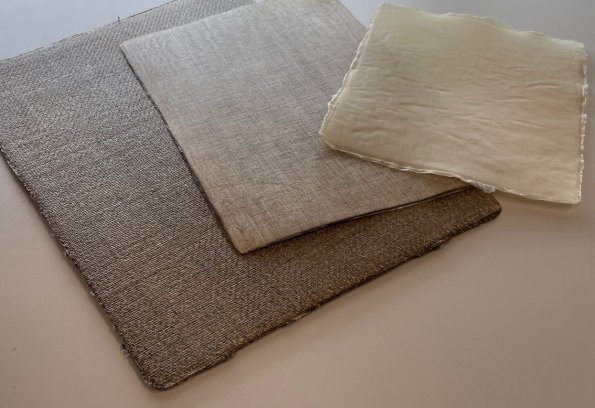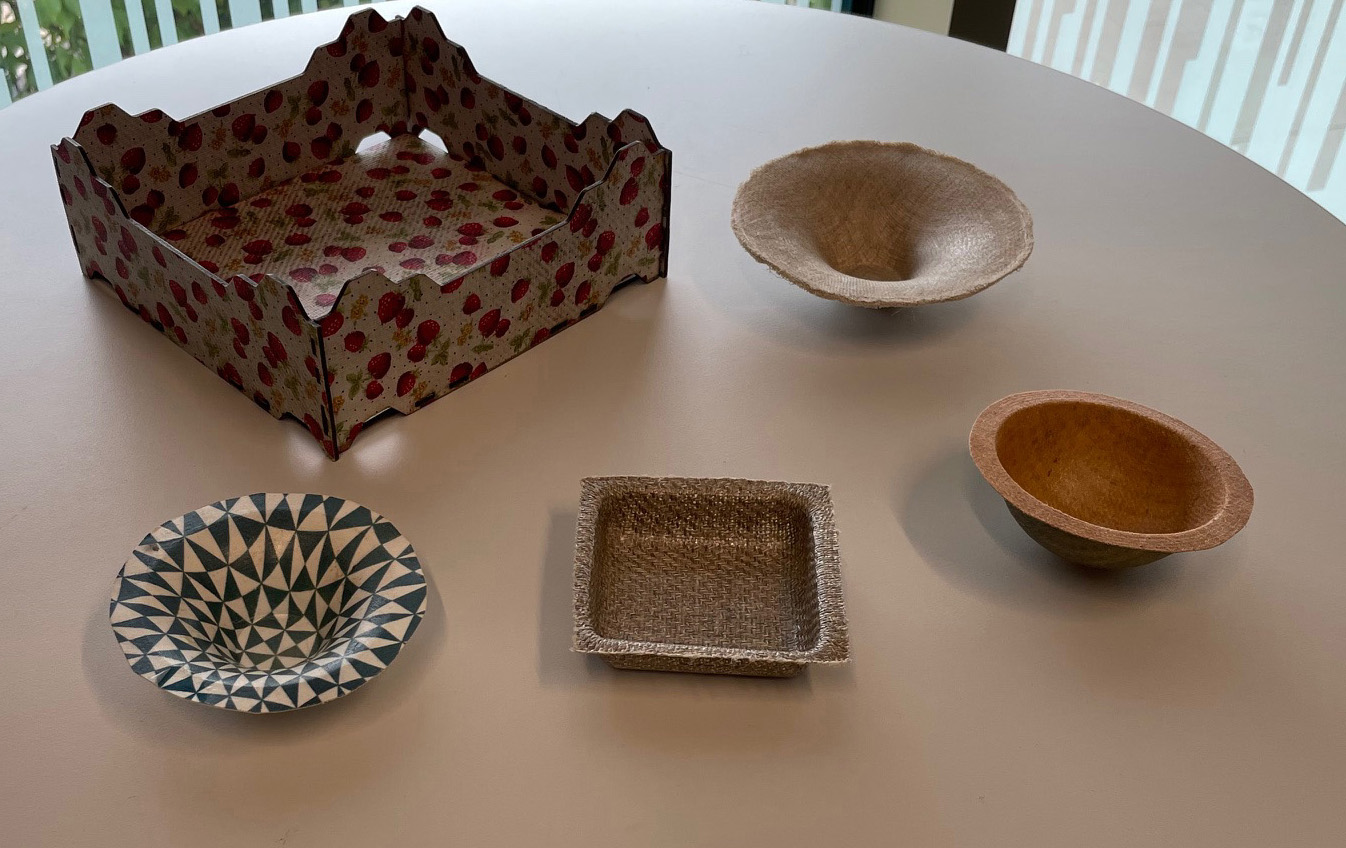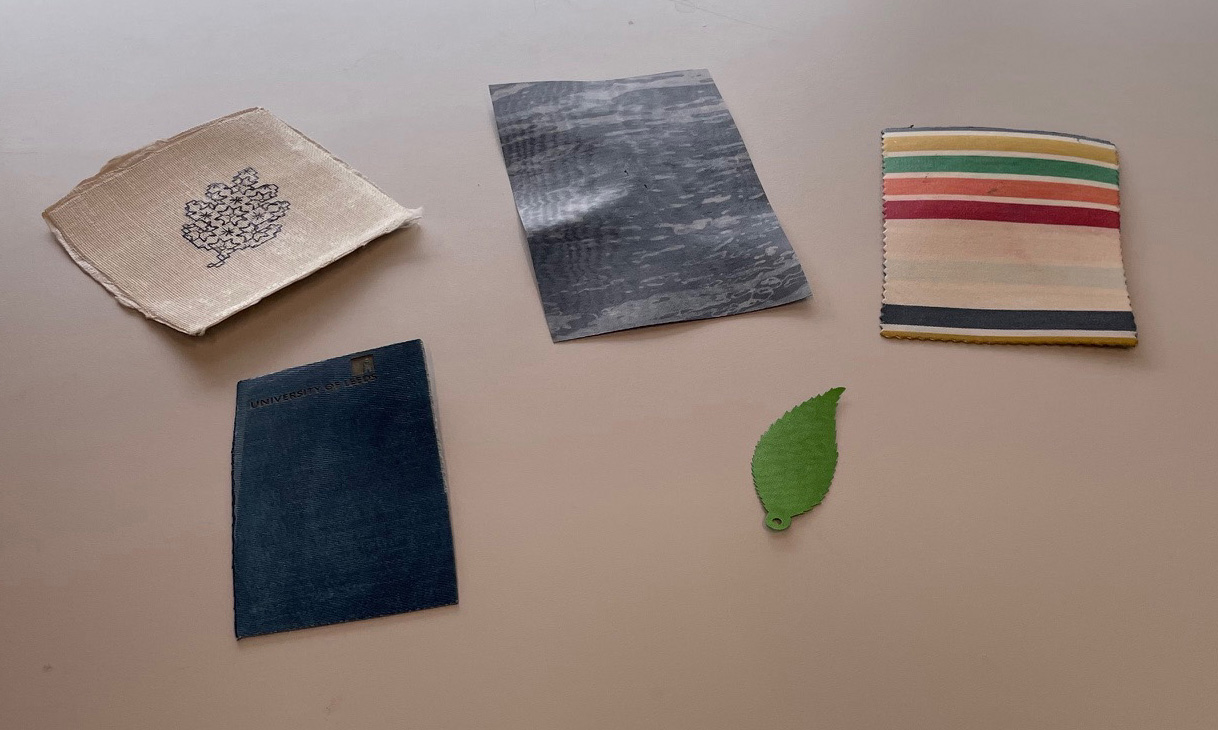
Michelman presents fibre sizings for automotive applications
Patented production process employs just water and an ionic liquid, both of which can be recycled.

6th August 2025
Innovation in Textiles
|
Leeds, United Kingdom
In what could prove a significant breakthrough for a number of industries, researchers at the University of Leeds have developed a novel way of making all-cellulose composites, formed from fabrics without the use of any resins, binders or adhesives.
The use of natural fibre composites has been rising significantly in recent years, especially in the automotive sector, with car manufacturers including BMW and Volvo announcing series production for a range of components made from bast fibres such as flax.
Composites generally comprise combinations of reinforcement fibres and fabrics and polymer resins which are engineered to be extremely compact single structures, making them not easy to recycle. In the aerospace industry there has been a major move towards replacing traditional high performance thermoset materials with thermoplastics, which while still being based on synthetic fibres and resins can be much more easily recycled at the end of a part’s life.

One key growth driver for natural fibre composites, meanwhile, has been the development in recent years of resins that are also bio-based, enabling new products that are 100% derived from natural resources to be designed and fully realised.
Single material structures
The University of Leeds development goes a stage further.
“Our composites are rigid materials offering a 100% natural alternative to traditional natural fibre reinforced polymer composites,” says Professor Michael Ries, head of the Soft Matter Research Group at the University of Leeds School of Physics and Astronomy. “They can be made from virgin, waste or recycled fabrics and as single-material structures can be easily reshaped or recycled at end of life and will biodegrade.”

No chemical modification is necessary in the patented production process which employs just water and an ionic liquid, both of which can be recycled. The composites can be further 3D shaped, coloured, patterned or laser cut and have high chemical and thermal resistance. A wide range of samples based on differing natural fibres and performance properties has already been produced.
“We see potential applications in automotive interior panels, sports armour, speaker cones, trays and tiles for these materials,” says Mike Morris of the University of Leeds Research and Innovation Service. “This technology has attracted a great deal of industry interest and we are now actively seeking further industry partners to explore end-use applications in detail and investigate the up-scaling of the current batch manufacturing process.”

Business intelligence for the fibre, textiles and apparel industries: technologies, innovations, markets, investments, trade policy, sourcing, strategy...
Find out more